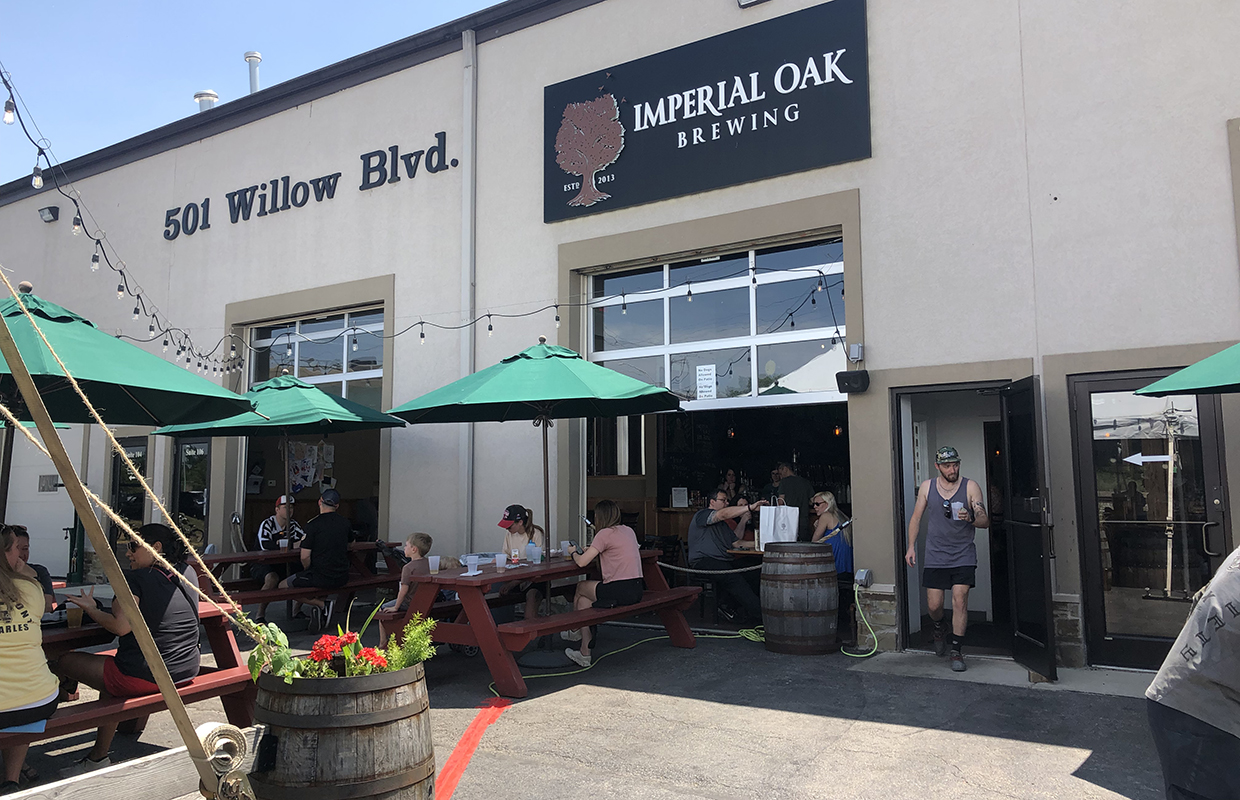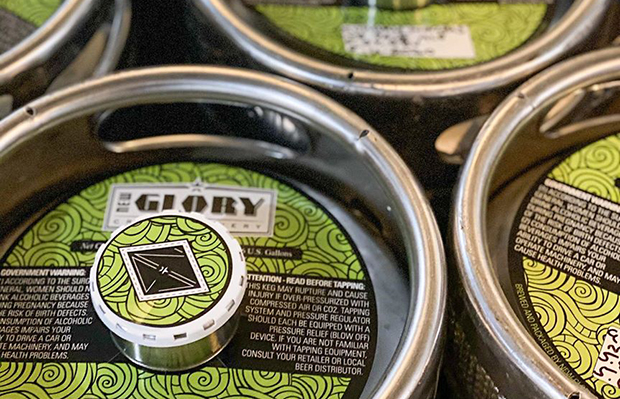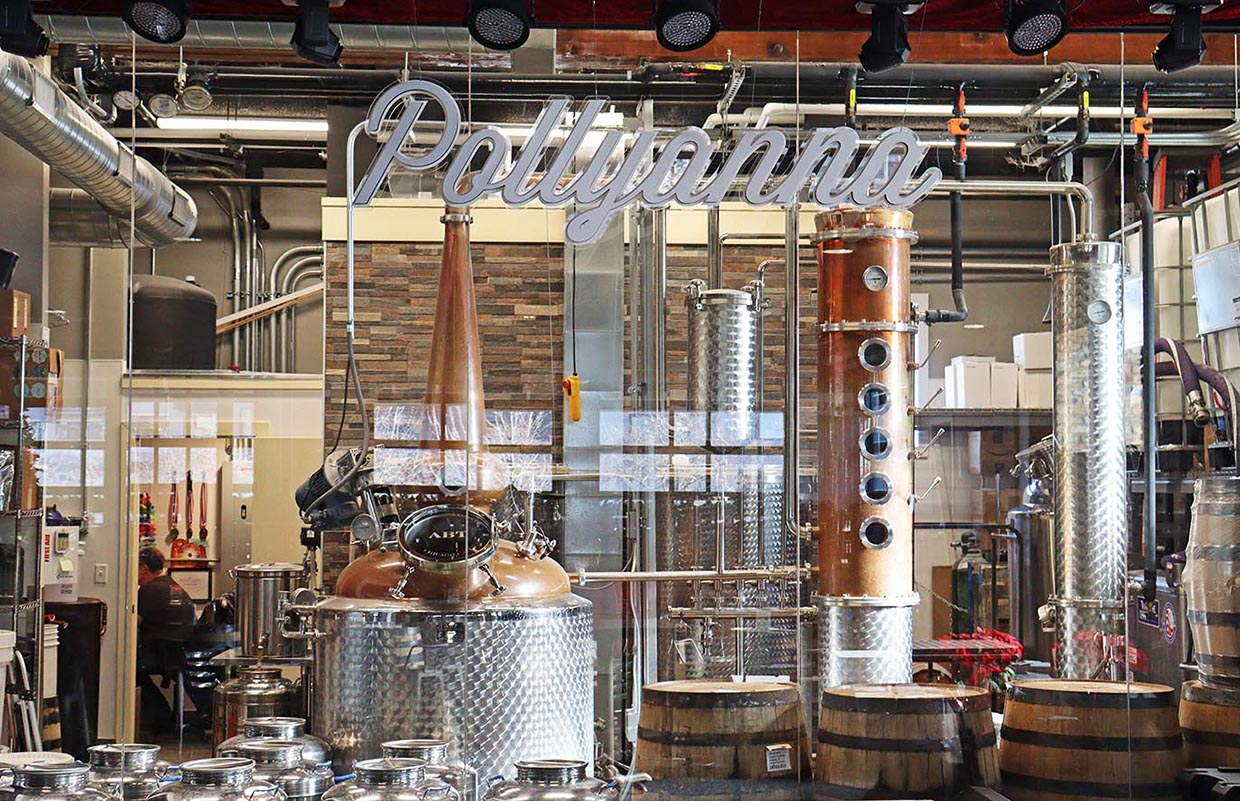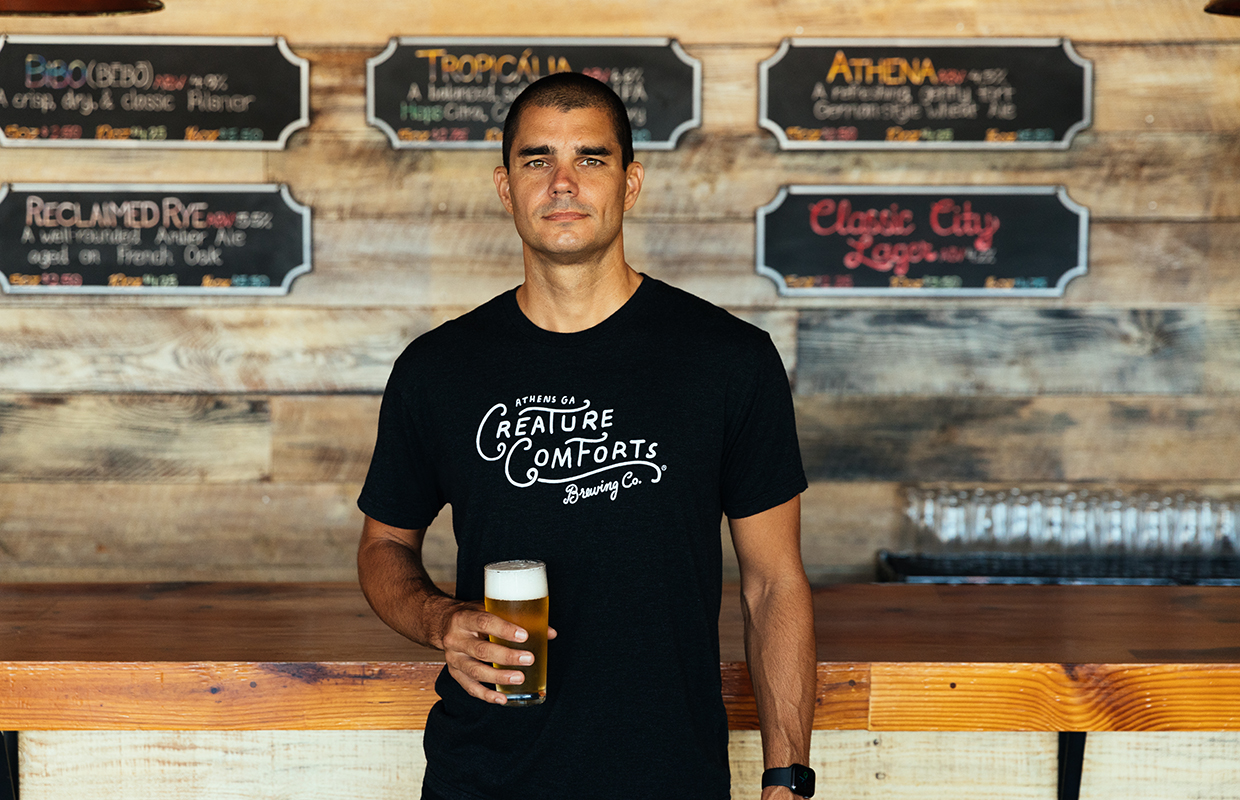
The choices you make at the start can of course be altered. But when you don’t have to, it can help send you down the right course and Imperial Oak co-founder Grant Hamilton feels that not digging much into packaging and sales outside the taproom was the right route for the Chicagoland area brewery.
“We tried distribution for about a year and a half,” he explained during the brewery’s 9th-anniversary celebration at its Willow Springs location, where the brewery got its start.
“We were on shelves in mostly bottle shops, but we found at our pub size and what we want to do — always changing beers and stuff — it was against our theory of the pub to continually brew and try to promote one brand specifically,” Hamilton said.
During the pandemic, it showed that they made the right decision.
“We were spinning our wheels a lot trying to make this work,” he said. “Our pubs are where the focus is for us.”
The brewery instead focused on a second location to sell pints from and for most of 2020 spent rehabbing an old craft beer bar run by co-founder Chris DiBraccio into the Imperial Oak model.
READ MORE: How Imperial Oak Got Consumers to Help in Recycling
“We decided that the shelf thing wasn’t our main goal anymore,” Hamilton said. “Yeah, we might go back to (distribution), but I really think you do need a bigger brew system to make that happen.”
Using a seven-barrel system at each location, the brewery can be flexible in creation while still having dedicated tanks for core brands that can be sold to go.
“You need to be brewing at least 15 barrels and have a dedicated line of tanks just for distribution,” Hamilton said. “Each year we’re seeing a little bit more recovery [from the pandemic] and we’re going in the right direction again.
“Brewpubs are where the growth is, that’s the driving growth right now in the industry. I think that was the biggest thing we got right.”
Although he feels some luck came with it, finding the right locations have also helped the brewery thrive in both spots. Being in the Chicago market can mean finding locations outside of the main spur and still being able to thrive.
“You’re half in the forest, but you’re not too far away from a main thoroughfare,” Hamilton said about the Willow Springs spot.
Having two locations less than 10 miles away isn’t a bad thing, he noted.
“This place has its own crowd and there are different people who go there [Brookfield] so it was a good location strategy,” Hamilton said.
With three owners — Brett Semenske being the third — Hamilton believes that each having their own strengths helped solidify an ownership group and give each person a unique ability to thrive in one spot of the business.
“ I have an art degree and more of a visual background. So I’m kind of responsible for the way the pubs are set up the way they look, the way the events run, the way the marketing goes, the artwork, the labels all that stuff,” he said. “[Brett] does the brewing, he runs the schedule, the brew team, and we collaborate on recipes. [Chris] had already been running a bar, and kind of knew the ins and outs of how to work with distribution and where our beer would go, what we had to bring in, what we had to do for staffing, what we had to do just to keep the taxes correct and stuff like that.
“We all have our strengths, so it’s a good three-way partnership on what we can all tackle on our own.”




Be the first to comment